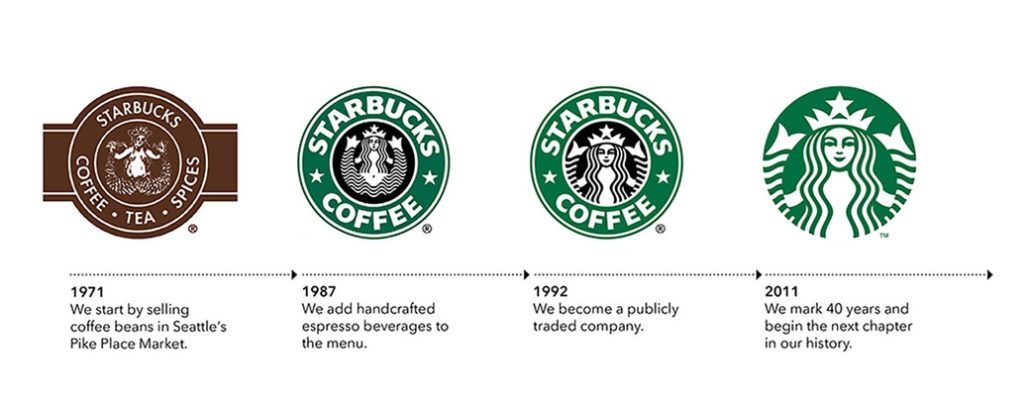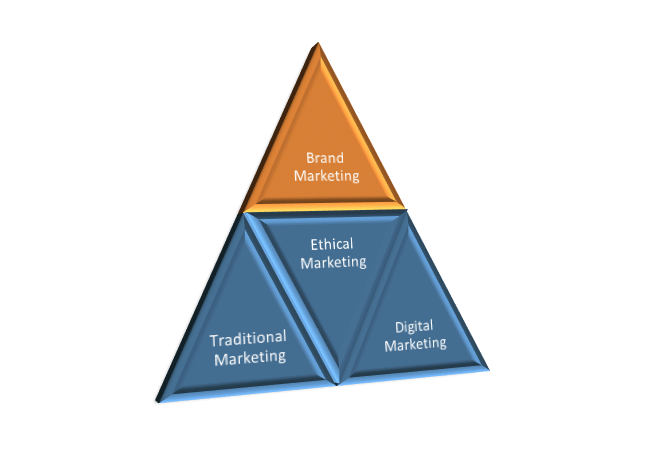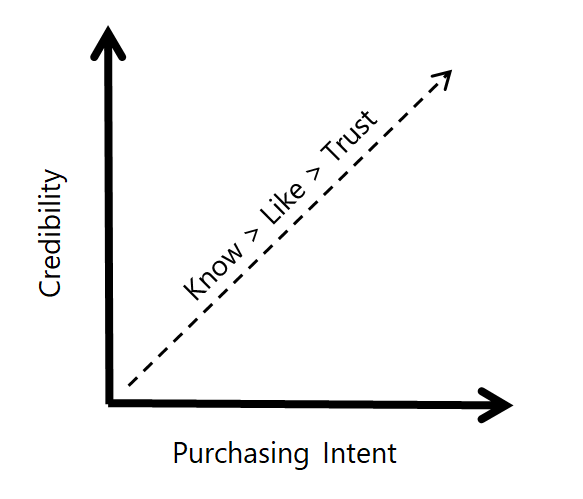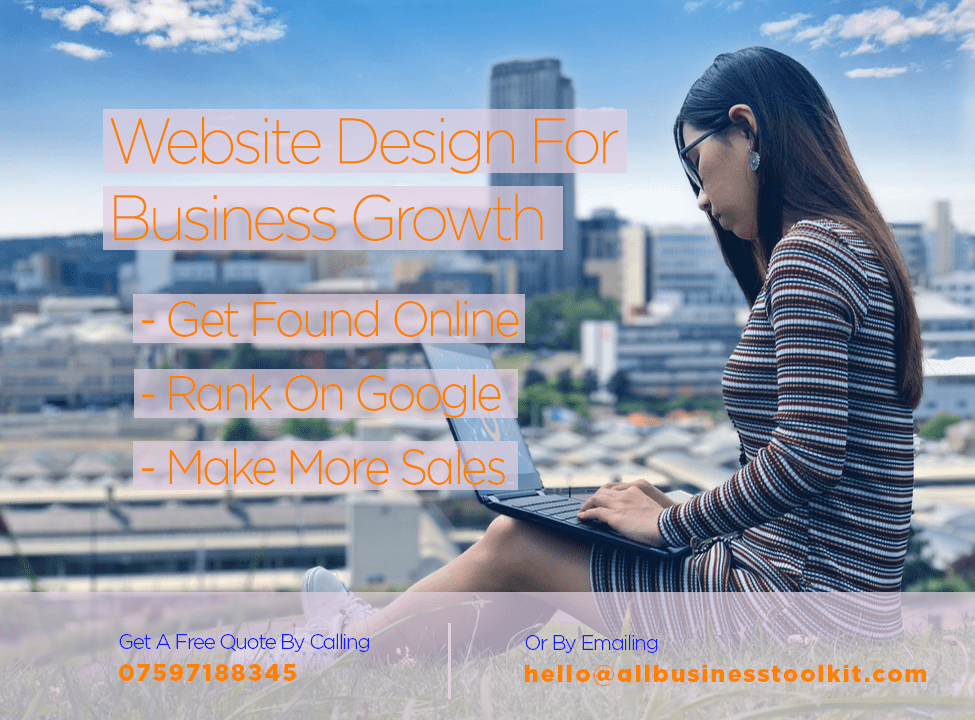Critics of marketing contend that creating a brand is unnecessary. However, over the past decade, branding has emerged as the top management priority.
What is brand marketing? Brand Marketing is building a corresponding image for your business. This means the intended thought you have when you think of a particular business. Businesses can spend a lot of power to precede a favourable image in the minds of the consumer.
1. What Is Brand Marketing?
Put simply, a brand is less about selling goods, but more about making friends. It is creating an identity for your business that resonates with your target market. By conducting marketing research, we establish a brand identity that is familiar to our potential audience. The identity includes a personality and imagery that relate specifically to meeting our customers wants and needs.
Bass & Company, the British brewery founded in 1777, was the first recorded brand in modern times. They started by stamping the packaging of their products with a distinct cymbal to state whom the ale belonged to. As the competitive landscape grew, branding later evolved into outlining benefits the product and service provide to people. It has now evolved into forming emotional bonds between people and your products.
Brand Marketing Example
When cooking food and making a dish there is no right or wrong answer. However, when combining a dish of ingredients, some dishes will taste better together than others do. This is also the same for branding. Certain colours bring out certain emotions in people. For example, blue correlates with trust. If you are a bank, and you want people to feel safe giving you their money, you can use blue as part of your brand to enforce the identity of trust.
Your business will resonate better with your target niche than others do. Knowing this, you can target the messaging and imagery that is relevant to your target niche. However, you will not really know what people really want from you until you conduct some market research. Overtime, people’s opinions may change and so your brand may change overtime.
Starbucks Example

Just look how Starbucks brand changed with the changes of their business.
2. Why Is Branding Important?
A business is a machine that conducts a series of transactions from buyer to seller. Just like a machine, a business with no identity is not attractive to a person. People connect with personalities. Branding is important because it presents your business as a real living thing. By forming an identity, people are able to connect with you on an emotional level.
Therefore, it allows people to like your business. As a result, branding is not push, but pull. This means by forming the right position in the market will lead to you no longer having to chase after sales but rather having prospects chase after you.
If you can understand how to make people like you, people will remember you. Most importantly, by repeating to people what they want to hear will leverage your message above all the advertising noise in the market place.
This will make you more competitive against rival businesses.
3. The Brand Marketing Landscape
Brand marketing is the highest priority as is it how we connect customers to our business.
Brand Marketing Landscape Model

As you can see from the above image brand marketing is at the top of pyramid. This is because everything the customers think come from how we conduct our traditional marketing, ethical marketing and digital marketing.
How we use these other components is central to what our brand guidelines are.
4. The Branding Methodology
Musto once said:
“The brand is very important because it is the first touch point, the first exposure that a potential buyer, a potential partner, a potential influencer has with your brand and with your company.”
I think this quote highlights the importance of brand awareness very well. However, it fails to acknowledge the experience people have with your brand after the first touch point. Once someone interacts with your business, a person will subconsciously score your product against competitors. This forms an impressionable judgement, for reputation. People that use your products will score them consciously. These people will measure based on the performance of your products, against the expectations you promised in the messaging.
There are three ingredients for making a good brand.
Know… Like… Trust…
Know, Like and Trust is a process driven methodology for creating a competitive brand. Three phases highlight the customer’s journey.
5. Know, Like & Trust Model
Although the principle is simple, there is a lot more to “know, like, and trust” than you may think. It essentially depicts your potential client’s journey as they learn more about you and your business. To learn more you

Know
The first phase ‘Know’ is the idea that you can get a message to a potential customer, and that they can easily recognise you and understand what you are offering them. This will come in the form of a logo, company name and a list of benefits and product specification. For people to know of you they first need to hear about you. Therefore, it is important to understand where your customers are located. With being able to actually access them.
Like
The second phase ‘like’ is the idea that a person can relate to what you are selling. This is the phase where an identity is established. Within the identity, you will outline personality and a life style. For example, the specification for the IPhone is not the main selling point. People ‘know’ what the specs are but that is not why they purchase the phone. Apple has successfully built a fun, cool and high status culture, and so buying an IPhone is a way of being a part of it. The personality and life style correlates into the messaging and imagery of your business. Getting this right people will be willing to pay more for the life style you have created.
Trust
The third phase ‘Trust’ is the idea that people agree that you meet what you promised them initially. This is meeting all the requirements and providing the value you promised.
Trust can come in TWO forms:
- You use the product and are satisfied
- You here from a friend or family member
Trust comes from experience or sources with high reputation. If you trust that brand you will choose it over the competitors.
6. Brand Awareness
Brand awareness is the marketing activity that describes the process for getting people to know who you are, and what you sell. It is essentially programming people’s minds to think of your business under a given scenario. The aim here is to get people to recall your business under the intended conditions. This will make your more successful as people will always choose the product they know the best.
However, brand awareness can be very expensive if you take the mass marketing approach. This means advertising everywhere. Therefore, to achieve a low cost success marketers have to be strategic. This will include investigating the channels your most valued customer use the most and leverage these channels.
7. Brand Identity
A set of tools or features used by a corporation to establish a brand image is known as a brand identity. A customer’s view of a brand is made up of numerous associations with it as well as recollections of engaging with it. A company’s mission, brand value proposition, long-term goals, competitive market position, and relevance to the values and interests of the target audience all contribute to the brand identity and its elements. These elements are fundamental in nature and describe what a firm wishes to communicate during the branding process. A brand identity, on the other hand, specifies how these fundamental elements are communicated.
The brand identity splits into two important areas:
- Brand name
- Tagline or a slogan
- Colors and graphic styles
- Logo and a wordmark and their variations
- Voice and a tone
- Style and a typeface
- Life style associations
- Partnerships and stakeholders
- Essentially, anything that forms brand Personality
By associating key messages and imagery with the brand personality and life style, forms a brand identity.
8. Brand Personality
Brand personality is portraying the type of message and image your business has. Overall, it is how people identify your key messages. On top of building your brand awareness you can further the quality of your brand by evaluating the type of message you want to give to people.
However, more importantly, does the message deliver the intended identity. This is a key tool to positioning your brand. The brand personality tool has five personality traits…
Sincerity
This personality trait is cheerful, honest and sentimental. It aims towards the average fluffy easy-going day-to-day people that treasure time with family and friends.
Ruggedness
This personality trait is being strong. This is generally associated with being outdoorsy and health.
Competence
This personality trait is being reliable, hardworking, secure and confident. This type of trait is aimed towards active young adults, education, and success.
Excitement
This is being daring, cool, unique, trendy and contemporary. This type of personality trait aims towards adventure.
Sophistication
This is characterised as being stylish and smooth. This type of personality trait targets upper class.
To note: these are just some examples, as marketers being creative are a massive part of differentiation. This requires you to think of new feelings and experiences that are relevant to your audience. However, all emotions fit into the five brands personality traits.
9. Brand Association
Are you paying for a life style or a product?
Brand association is building a life style, personal opinion into a corresponding brand image.
Association aims is to build an opinion and corresponding brand image, which is specific and valued by the best-fit target consumer minds. Marketing association is the way we communicate our product/services to our audience. It is taking the customer wants and building a lifestyle based on creating an opinion. Furthermore, by associating your brand with other factors that are wants of the customer.
10. Brand Value
The brand value outlines whether you deliver what you promised, consequently people will trust you.
The number 1 aim here is to build a strong reputation. Only by people using your products will they trust to have delivered exactly what you promised them.
Researchers have shown a strong brand helps a customer remember your business. Furthermore, a strong brand gives you a reason to like a business and if you deliver, the expected value people will trust it.
11. The Brand Marketing Dictionary
B2B
If your target audience is selling to other businesses then the approach you take is massively different. This is because businesses think differently than the individual consumer. More so, the messaging has to be in a more rational context. This is because businesses evaluate their purchases very carefully and the benefits it will bring. You will rarely find a business that is spontaneous when they are digging into their department’s budget.
B2C
If your target audience is selling to other customers (opposed to other businesses), the approach you take is massively different. Businesses think differently from the average person. When looking to position your massaging towards people you can be very imaginative. People do not consider rational factors when they make their purchase. In fact, a study shows only 15% of people is rational. This means, 85% of people make irrational decisions when they go for a purchase.
Brand Identity
A business identity is so much more than its logo. A business aims for a perception that is positive by the world, to be strategic. A brand has many components, including a logo, general aesthetics, tone, and personality. The target audience highlights whom business wants to appeal to.
Brand Extension
When a business first starts, it will be renowned for a specific product. After sometime of an experiencing growth, a business will invest in other industries. For example, Ralf Lauren first started selling polo shirts. It later entered a new market of selling towels and bedding.
Brand personality
One of the strongest means to support a business identity is giving it a personality.
Brand recall
The ability to program a person’s mind to think of your business whenever wanting to make a purchase of a similar kind you offer.
Brand equity
The commercial value influences consumer perception. From the brand name to how people interpret the messaging. This is rather than from the product or service itself.
Brand association
Enforce a business identity you can associate your business with things that are valued by customer segments. A popular example is creating a connection between your business and a life style.
Brand loyalty
This refers to the percentage of people that return to your business on a regular basis and inform their networks about the offers you have.
Brand awareness
This is the process of getting people to know who you are in the industry.
Brand luxury
This is how well people cherish the products. Some industries, this is hard to achieve. However, businesses like Rolex and Apple leverage this at every turn, to achieve pull marketing.
Brand positioning
Everyone has a side to him or her that makes them tick and become highly engaged. By positioning is aiming to tap into that thing that makes them interested.
Brand Manual
This is a is a guide that helps you keep track of all your branding assets and highlight how these assets are used. Manuals help teams align because they give instructions of the company’s aesthetic, tone, personality, and more.
External branding
This comes from the customer’s perspective of things, from the outside looking in. It is how customer identifies with your brand identity.
Internal branding
This comes from the employee’s perspective of things, from the inside looking out. By having, the inside of the business looking and feeling like your products and services can enforce the identity of the products and services. By designing the offices that reflect the nature of your brand is very powerful indeed. This is because employees will learn the nature of your customer’s experience. Building a like-minded culture like this will enforce the brand identity when these people speak to the outside world, as they are able to live the customer’s experience. The internal reflects what people see on the outside. Therefore, the idea here is to build a like-minded culture. For example, apple refers to their staff as geniuses.
Neuro marketing
This is the term given to outline psychological hooks that bring customers to your business and influence their purchasing habits.
Product characteristics
Every product has a personality associated with it, these are made up by the product characteristics.
Sub brand
Some businesses main product reflects the overall brand. If your business invests into a new market having your main business re position into this market may harm the current customers. So, sub brands are created to keep the message specific to each customer segment.
Conclusion
Overall, in this article we have discussed that branding is important as public opinion will make and shape how well your business performs in the competing market. Not only can we shape public opinion we can leverage this to increase business.






Aw, this was an extremely nice post. Finding the time and actual effort
to produce a good article… but what can I say…
I procrastinate a lot and never manage to get anything
done. http://katespadeoutletonline.name
Hey! Thanks a lot 🙂
Thanks for sharing your info. I truly appreciate your efforts and I am waiting for your further write ups thank you once again.
I am glad you enjoyed it! 🙂
Hi, just wanted to mention, I enjoyed this blog post.
It was helpful. Keep on posting!
Thank You Very Much Sir! 🙂
Can you tell me what platform are you utilizing on this web site?
Hi there, thanks for your comment! I am using OceanWP wordpress theme. But, I had to alter some of the HTML and CSS to get it how I wanted it. What is it exactly your interested in, I will try my best to help you out?
Wow, incredible blog layout! How lengthy have you ever been blogging for?
you made blogging look easy. The entire glance of your website
is magnificent, as well as the content material!
Thank you very much 🙂
I got this site from my pal who told me on the topic of this web page and
at the moment this time I am visiting this web site and reading
very informative articles at this time.
Hello! I could have sworn I’ve visited this blog before but after browsing through some
of the articles I realized it’s new to me. Nonetheless, I’m
definitely delighted I came across it and I’ll be
book-marking it and checking back frequently!